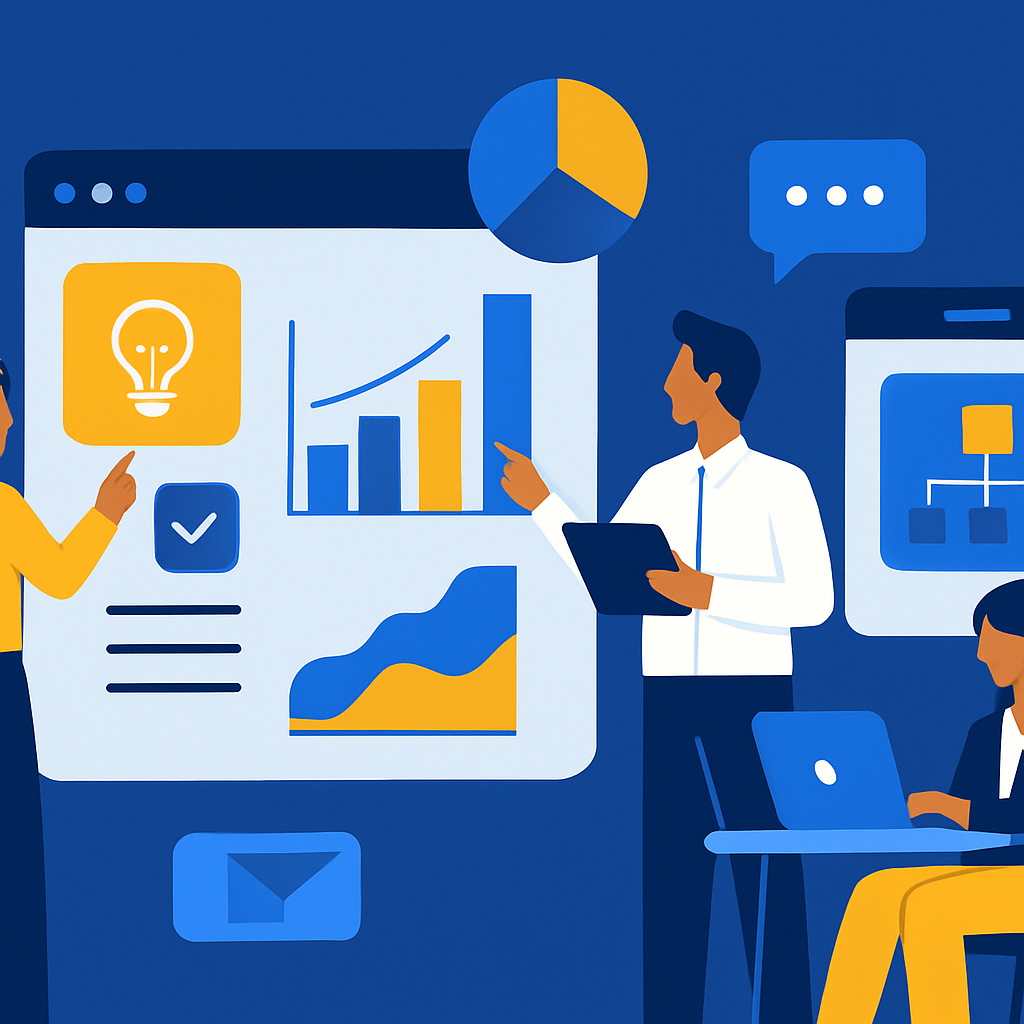
Maximizing ROI Through Marketing Automation Optimization
For C-level executives and IT decision-makers, marketing automation represents a critical lever for driving revenue growth and operational efficiency. However, simply implementing a marketing automation platform is not enough. Optimization—through data-driven insights, AI integration, and process alignment—is key to unlocking its full potential.
Understanding the Strategic Value of Marketing Automation
Marketing automation enables organizations to streamline repetitive tasks, personalize customer engagement, and generate measurable results. When optimized, it can deliver consistent messaging across channels, improve lead quality, and accelerate the sales cycle. Yet, many enterprises underutilize their platforms, leaving significant ROI untapped.
Key Strategies for Optimization
1. Align Automation with Business Objectives
Optimization starts with a clear understanding of your organizational goals. Whether your focus is on lead generation, customer retention, or cross-selling, automation workflows should directly support these objectives. This requires close collaboration between marketing, sales, and IT teams to ensure alignment with broader digital transformation initiatives.
2. Integrate AI for Intelligent Personalization
Artificial intelligence can significantly enhance marketing automation by enabling predictive analytics, sentiment analysis, and hyper-personalized content delivery. Leveraging AI solutions within your automation platform can help anticipate customer needs, automate complex decision-making, and improve conversion rates.
3. Leverage Data Analytics to Drive Decisions
Data is the foundation of effective optimization. By integrating advanced data analytics capabilities, organizations can gain real-time visibility into customer behavior, campaign performance, and ROI metrics. These insights enable rapid adjustments to messaging, targeting, and channel strategies.
4. Automate Multi-Channel Campaign Management
Modern marketing automation platforms can orchestrate campaigns across email, social media, SMS, and web channels. Optimization involves ensuring consistent brand voice, timing, and messaging across these touchpoints, based on audience preferences and behavioral triggers.
5. Implement Robust Governance and Security
Automation workflows often involve sensitive customer data. Incorporating strong governance policies and security protocols is essential. This includes role-based access controls, audit trails, and compliance with data privacy regulations. Partnering with experts in AI governance and security services ensures your automation processes are both effective and compliant.
Common Pitfalls to Avoid
- Over-automation: Automating every possible interaction can lead to impersonal experiences. Balance automation with human touchpoints.
- Neglecting Data Quality: Poor data hygiene undermines segmentation and personalization efforts.
- Lack of Continuous Improvement: Optimization is an ongoing process that requires regular performance reviews and updates.
Measuring Success
To evaluate optimization efforts, organizations should track key metrics such as conversion rates, lead quality scores, customer lifetime value, and campaign ROI. Utilizing tools like the Digital Transformation ROI Calculator can help quantify the financial impact of marketing automation improvements.
Conclusion
Marketing automation optimization is not a one-time project—it’s a continuous journey that aligns technology, processes, and people toward delivering exceptional customer experiences and measurable business outcomes. By integrating AI capabilities, leveraging advanced analytics, and maintaining robust governance, enterprises can transform their marketing operations into a true growth engine.


